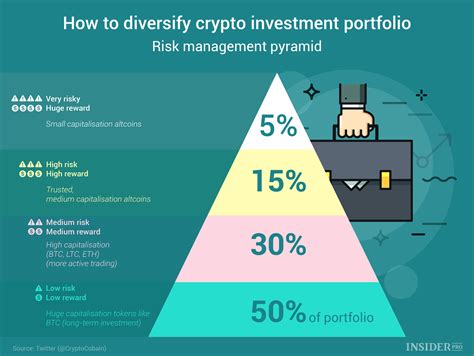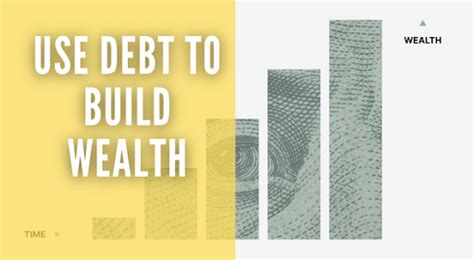The Power of Starting Small: Your First $1,000 Investment
For many men, the concept of investing often feels complex, reserved for those with significant capital or intricate financial knowledge. However, the truth is that true financial freedom doesn’t begin with a million-dollar portfolio; it starts with a single, deliberate step. Investing your first $1,000 is not just about growing money; it’s about cultivating a mindset of discipline, long-term vision, and taking control of your financial destiny. This initial investment is your declaration of independence from a purely transactional relationship with money.

Before You Invest: Laying the Groundwork
Before you even think about where to put your $1,000, ensure your financial house is in order. Skipping these crucial steps can undermine your investment efforts:
- Emergency Fund: Aim to have at least 3-6 months’ worth of living expenses saved in an easily accessible, high-yield savings account. This fund acts as a buffer against unexpected life events, preventing you from having to sell investments prematurely.
- High-Interest Debt: Prioritize paying off any high-interest debt, such as credit card balances or personal loans. The interest rates on these debts often far exceed any returns you might reasonably expect from a beginner investment, making them a significant drag on your financial progress.
Clearing these hurdles provides a stable foundation, allowing your investments to grow without the constant threat of being liquidated to cover emergencies or servicing expensive debt.

Where to Put Your First $1,000: Smart, Simple Choices
With your foundation secure, it’s time to put that $1,000 to work. For a beginner, simplicity and diversification are key. Avoid complex individual stock picking and focus on broad market exposure:
1. Low-Cost Index Funds or ETFs
Exchange-Traded Funds (ETFs) or index funds that track broad market indices (like the S&P 500) are excellent starting points. They offer immediate diversification across hundreds or thousands of companies, reducing the risk associated with individual stock volatility. Look for funds with low expense ratios (under 0.20%).
- How to Buy: You can open an investment account with a reputable brokerage firm (e.g., Fidelity, Vanguard, Charles Schwab). Many offer commission-free trading on their own ETFs.
- Why it Works: You own a small piece of the entire market, which historically has grown significantly over the long term.
2. Robo-Advisors
If you prefer a hands-off approach, a robo-advisor (e.g., Betterment, Wealthfront) can be an ideal solution. For a small annual fee, these platforms use algorithms to build and manage a diversified portfolio based on your risk tolerance and financial goals. They often start with low minimums and automatically rebalance your portfolio.
- How to Buy: Sign up for an account, answer a few questions about your risk tolerance, and fund your account.
- Why it Works: Automated, diversified, and low-cost management, perfect for beginners.

The Power of Consistency: Beyond the Initial $1,000
Your first $1,000 is just the beginning. The true magic of wealth building lies in consistent contributions and the power of compounding. Make a commitment to regularly add to your investment, even if it’s just $50 or $100 per month. Automate these contributions if possible. Over time, these small, consistent deposits, coupled with market growth, will significantly accelerate your journey towards financial freedom.

Building Beyond Your First $1,000
As your portfolio grows and your financial knowledge expands, consider these next steps:
- Increase Contributions: As your income grows, increase the amount you invest.
- Diversify Further: Explore other asset classes like bonds or international equities as your portfolio size warrants.
- Educate Yourself: Continuously learn about personal finance, investing strategies, and market dynamics.
- Tax-Advantaged Accounts: Once comfortable, explore IRAs (Roth or Traditional) and 401(k)s (if offered by your employer) to maximize tax benefits.
Remember, investing is a marathon, not a sprint. There will be market fluctuations, but staying the course with a disciplined, long-term perspective is paramount.

Your Journey to Financial Freedom Starts Now
Taking the step to invest your first $1,000 is a powerful declaration of intent. It’s a tangible move towards taking control of your financial future and building wealth for yourself and your loved ones. By focusing on fundamental financial hygiene, choosing simple and diversified investment vehicles, and committing to consistent contributions, you’re not just investing money – you’re investing in true financial freedom. Start today, and watch your financial destiny unfold.




